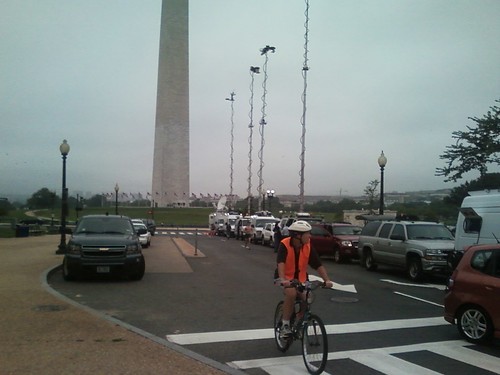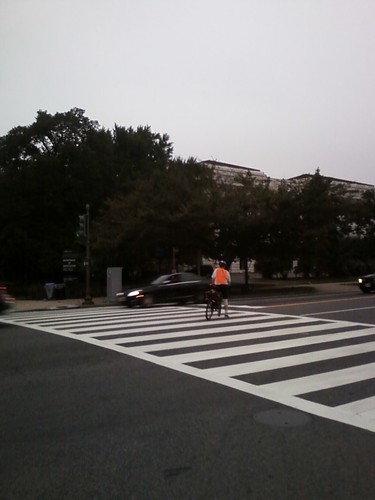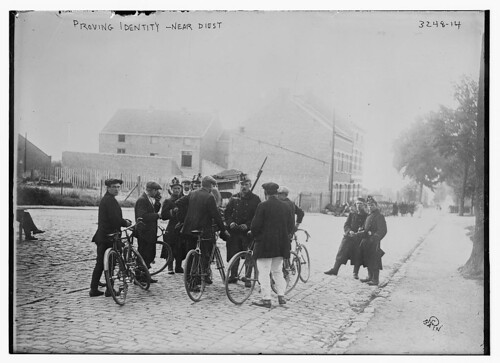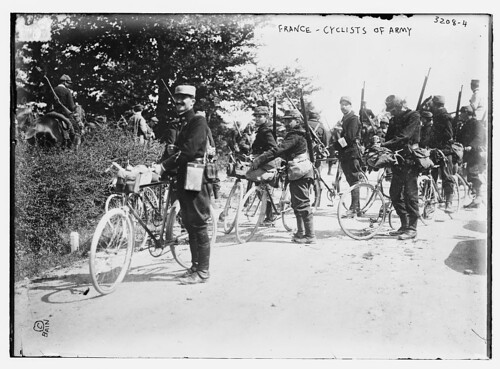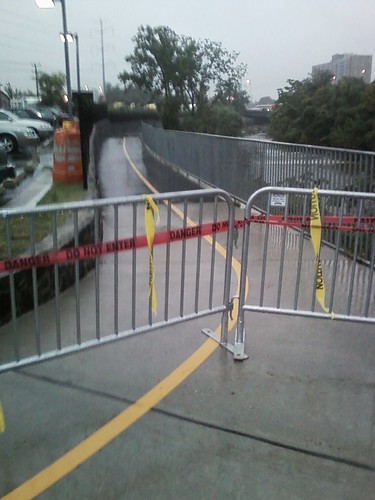Team 7-Eleven: How an Unsung Band of American Cyclists Took on the World - and Won is a new book about the 7-Eleven sponsored cycling race team that was active in the 1980s. The blurb description of the books is as follows:
Founded in 1981 by Jim Ochowicz and Olympic medalist Eric Heiden and sponsored by the 7-Eleven chain of convenience stores, the team rounded up the best amateur cyclists in North America and formed them into a cohesive, European-style cycling team. As amateurs, they dominated the American race scene and won seven medals at the 1984 Olympic Games in Los Angeles. As professionals, beginning in 1985, the team went to Europe and soon received invitations to the Tour of Italy and then the Tour de France, putting Americans on the podium in landmark victories that would change the face of American cycling forever.
Prepared with the enthusiastic cooperation of the team members and co-authored by the team’s founder, Jim Ochowicz, 7-Eleven is not only the most important missing piece in the story of American cycling, but the book that American cyclists have been waiting for ever since the 7-Eleven cowboys snagged that first yellow jersey.
The two authors are respectively a journalist who wrote about Team 7-Eleven (way back then) and
Ochowicz, the team founder and manager (among other roles).
I am not an expert on pro cycle racing history, so I will confine my comments to fairly obvious stuff.
The book takes the obvious (and sensible) approach of presenting the story chronologically. The beginning focuses on Ochowicz and Eric Heiden - in the early years of establishing the team. Heiden's role was probably more important than Ochowicz since he was so supportive of the team and was a publicity and sponsorship magnet. The critical piece to launching the team was securing sponsorship from the Southland Corporation, which is described in some detail. (It was connected with Southland sponsoring building of an Olympic velodrome for the 1984 Olympics.) Finally in chapter 5 (of twenty) Ochowicz starts hiring and building the first U.S. 7-Eleven amateur team. The next several chapters describe the highlights of the amateur team's racing before the professional team was established, and the most prominent riders, such as Heiden and Davis Phinney. Chapter 12 segues to the building of the professional team that would compete in Europe starting in 1985 - it is the activities of this "senior" men's professional team, primarily when in Europe, that occupy the remainder of the book. Most of the narrative describes key team developments and critical race successes (and failures). The most well known race successes are covered in some detail, such as Andy Hampsten's Giro stage victory in the snow storm.
The two authors clearly know the subject extremely well and had the cooperation of most if not all of the important team members. Since this was Ochowicz's team, it is probably not surprising that certain more unpleasant subjects are not really covered - in reading this I was reminded of military regimental histories prepared by unit historians. Generally everything covered is given a positive spin - not to say that failures or bad days aren't covered, but . . . One technique is to have negative commentary attributed to other parties - it isn't the authors saying that in their early European racing the 7-Eleven riders were crash happy cowboys; no, that was what the other riders were saying about them. And not to worry; after a few years the 7-Eleven riders matured. Some controversial subjects are simply left out, most notably the almost complete absence of discussion of use of drugs in pro cycle racing.
Whether because of the "authorized history" approach or for other reasons, the description of events is fairly flat; the examples of "wildness" are not very wild, and so on. Bob Roll, for example, is described as "eccentric" and the "team clown" but the included example of his idea of humor rather tame, particularly since one can read far more outlandish stuff about him elsewhere.
Who is this book written for? I'm not a big pro bike racing fan, but I know enough to understand basic tactics (about as much as I know about American pro football, I suppose) and it seems the authors are assuming at least that level of knowledge. For example, at one point a 7-Eleven rider manages to win multiple jerseys in the Tour de France on one day, including a "combination jersey" for best standing in all categories (different than GC) - since this category no longer exists, this is explained, but the subtleties of the other categories are assumed to be clear to the reader.
The book includes a fair number of both color and black and white photographs, chapter notes, a good index, a the senior men and women's team rosters for the years the team was active (otherwise there is little said in this book about the women riders), and a "where are they now" epilogue updating the lives of the main (men) riders.
In some descriptions of the book, it is noted that Lance Armstrong started with the successor team, Team Motorola, that took over this bicycle team after Southland ended its sponsorship - but wanting to know more Lance-history wouldn't be a motivation for reading this; he is only mentioned a few times in passing.
